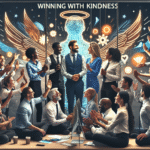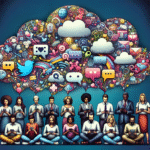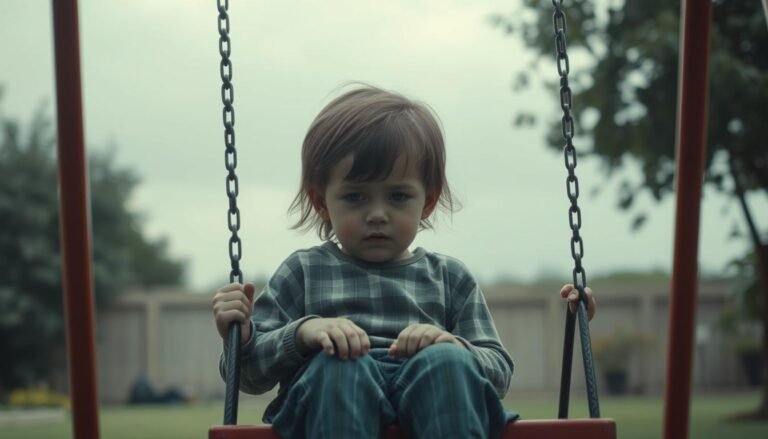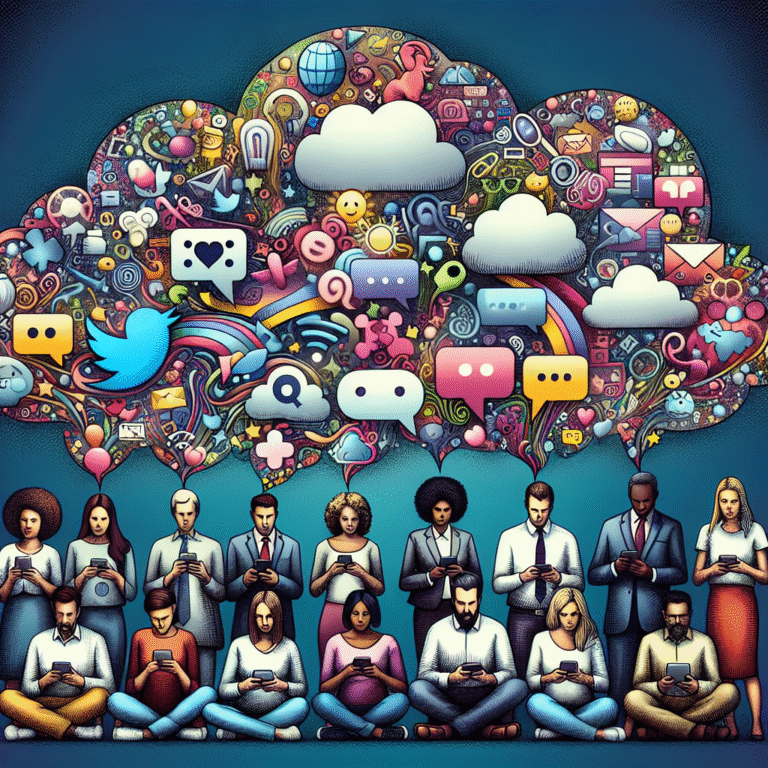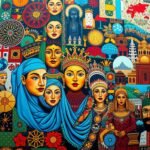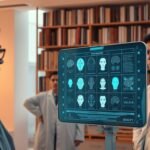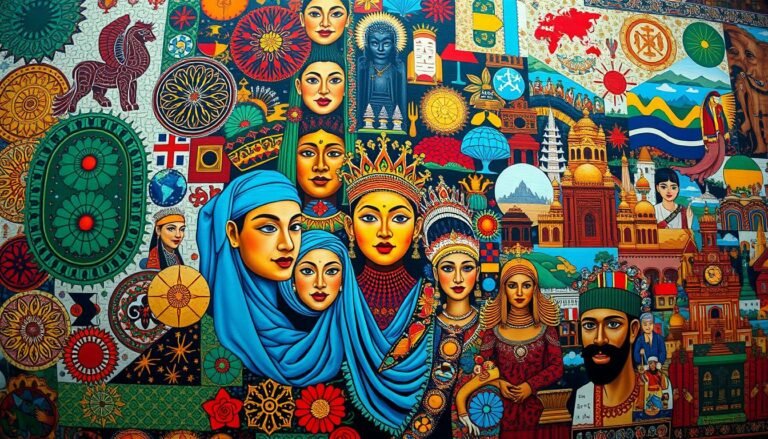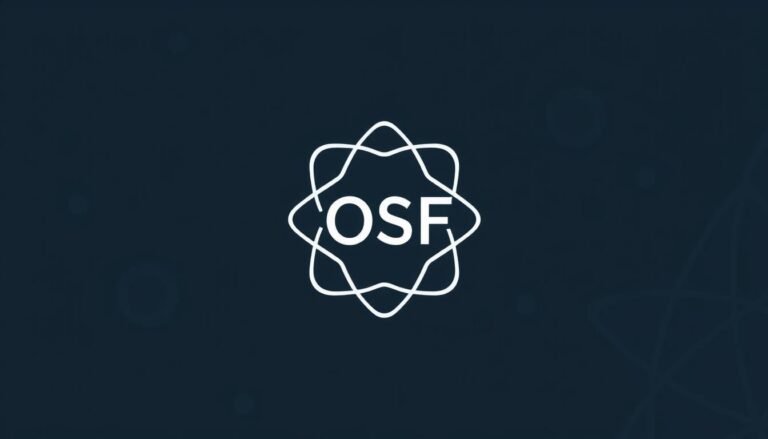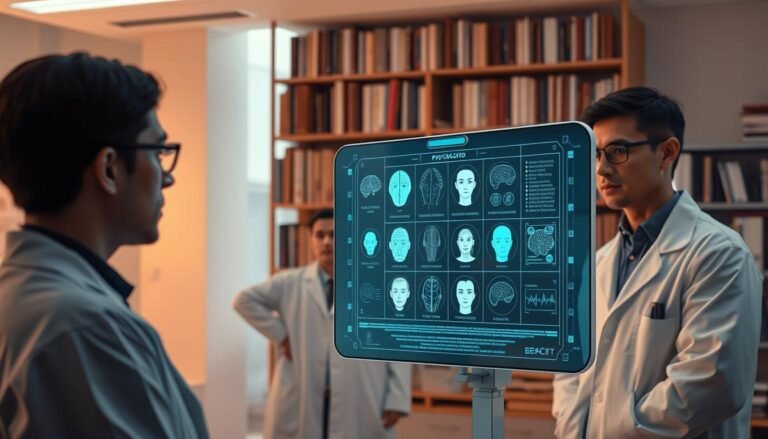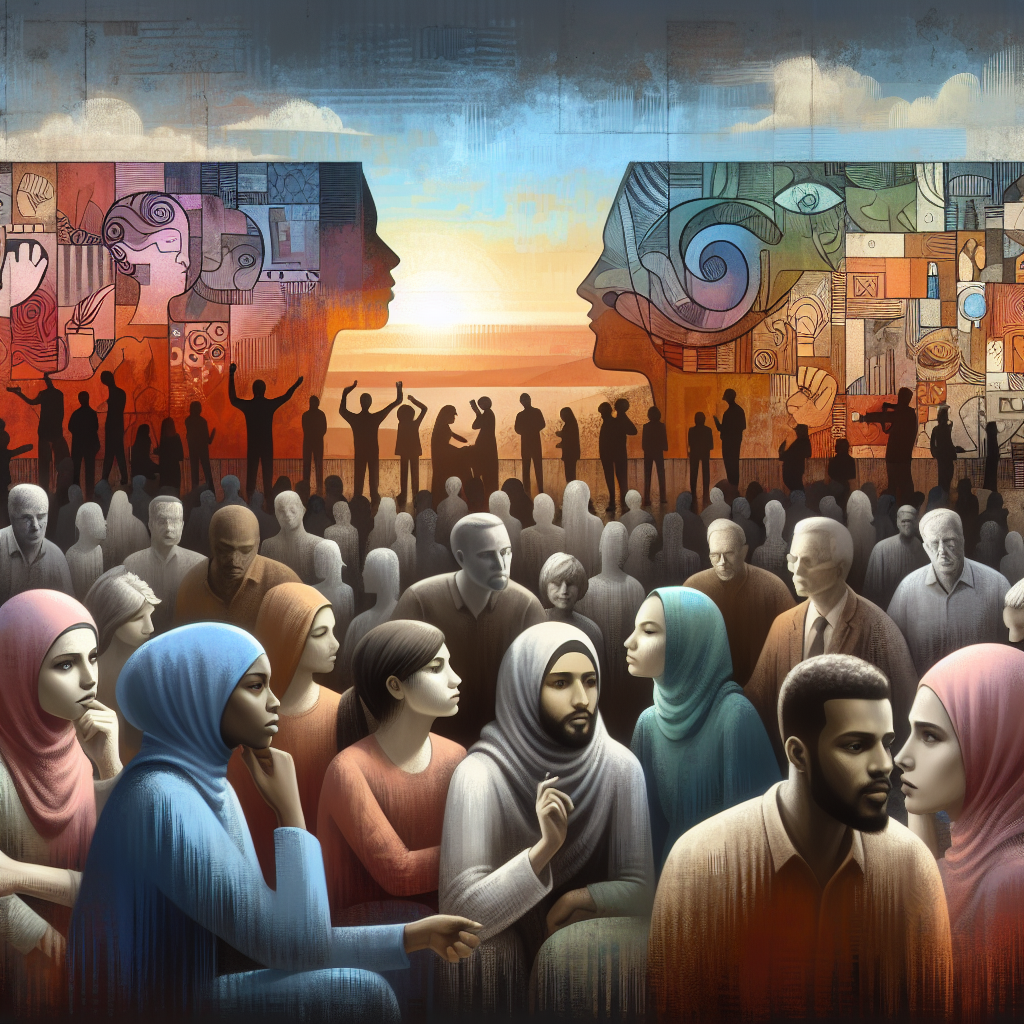
Introduction
In a world increasingly characterized by diversity, the struggle against discrimination remains a glaring reality for many. While headlines often capture the big-picture narratives of oppression and inequality, the personal stories behind these issues often go unheard. These voices represent the experiences of countless individuals who face discrimination in their everyday lives. This article explores the theme Voices of the Overlooked: Personal Stories of Discrimination in Everyday Life, shedding light on their significant impact on society while calling for empathy and understanding.
Understanding Discrimination
Discrimination manifests in various forms, encompassing race, gender, age, disability, and sexual orientation. It is crucial to grasp how deeply entrenched these issues are in our social fabric, affecting not only the victims but also their families, workplaces, and communities.
The Psychological Toll
Research indicates that the psychological effects of discrimination can be profound. Those who experience discrimination may suffer from anxiety, depression, and a decreased sense of self-worth.
| Form of Discrimination | Psychological Impact |
|---|---|
| Racial Discrimination | Anxiety, Depression |
| Gender Discrimination | Low Self-esteem |
| Age Discrimination | Isolation, Hopelessness |
| Disability Discrimination | Frustration, Alienation |
| Sexual Orientation Discrimination | Fear, Uncertainty |
Navigating a world filled with prejudice can take an emotional toll that lasts a lifetime.
Voices Carried Through Generations
Case Study 1: Maria’s Story – The Challenge of Racial Discrimination
Maria, a first-generation Latina immigrant, moved to the United States at a young age. She faced racial discrimination both in school and her workplace. “I was often mistaken for the help,” she recounted, reflecting on instances where her qualifications were overlooked simply because of her cultural background.
Analysis: Maria’s story illustrates how deeply ingrained racism can shape perceptions and opportunities. Her experience is a poignant reminder of how societal bias influences the capabilities and confidence of individuals from minority backgrounds.
Case Study 2: John’s Battle with Ageism
At 55, John was laid off from his job in tech. Despite decades of experience, he found himself struggling to find new employment. “Most employers seem to think I couldn’t adapt to new technology,” he explained.
Analysis: John’s case signifies the widespread issue of age discrimination in the job market. It highlights the need for businesses to recognize the potential of seasoned professionals who can bring invaluable wisdom and experience to the table.
Gender Discrimination: A Unique Struggle
Sexism can permeate every aspect of life, from workplaces to social settings. Women often report feeling sidelined or undervalued.
Case Study 3: Aisha’s Experiences in the Workplace
Aisha, a young professional in a male-dominated industry, often faced dismissive attitudes from colleagues. “It felt like my ideas weren’t taken seriously just because I’m a woman,” she stated.
Analysis: Aisha’s experiences underscore the ongoing fight for gender equality. She emphasizes the importance of creating environments where everyone feels empowered to voice their opinions, irrespective of gender.
Disability: A Silent Struggle
Discrimination against people with disabilities remains a pressing issue, often going unnoticed in everyday interactions.
Case Study 4: Michael’s Experiences with Mobility Impairment
Michael has a mobility impairment and shared how inaccessible public spaces can hinder his daily life. “It’s disheartening when people don’t understand that my wheelchair isn’t just for decoration,” he said.
Analysis: Michael’s story highlights the need for societal change regarding accessibility. It serves as a reminder that even small adjustments can lead to profoundly beneficial experiences for individuals with disabilities.
The Impact of Sexual Orientation Discrimination
LGBTQ+ individuals often encounter discrimination that can be both overt and subtle.
Case Study 5: Alex’s Journey to Acceptance
Alex faced rejection from some family members upon coming out. “It was painful, but it helped me realize who truly accepted me,” he shared.
Analysis: Alex’s narrative exemplifies the journey of many in the LGBTQ+ community. His experience illustrates that acceptance can sometimes come from the most unexpected places, demonstrating the importance of authenticity in one’s life.
The Role of Intersectionality in Discrimination
As we explore these personal stories, it becomes evident that intersectionality plays a critical role in understanding discrimination. Individuals often experience multiple forms of discrimination simultaneously, compounding their challenges.
Case Study 6: Fatima – The Complexities of Being a Muslim Woman
Fatima, a Muslim woman, describes facing both racial and gender discrimination. “Wearing a hijab has led to assumptions about my beliefs and capabilities,” she said.
Analysis: Fatima’s story speaks to the complexities that arise at the intersection of race and gender. The overlapping nature of her identities paints a fuller picture of what discrimination can look like in real life.
Taking Action: The Path Forward
Discrimination doesn’t have to be a staple of our society. Increasing awareness, empathy, and understanding can facilitate meaningful change.
Building Supportive Communities
Creating supportive communities is vital. Schools, workplaces, and social groups can implement programs to foster inclusivity and empathy.
Education as a Tool
Educational institutions must integrate discussions of discrimination into their curricula. Awareness leads to understanding, which can help dismantle prejudices.
Table: Educational Initiatives to Combat Discrimination
| Initiative | Description |
|---|---|
| Workshops | Interactive sessions discussing discrimination experiences |
| Awareness Campaigns | Campaigns aimed at educating about different communities |
| Peer Mentorship | Pairing students with mentors from diverse backgrounds |
| Inclusive Curriculum | Integrating diverse perspectives into educational materials |
Personal Responsibility and Advocacy
As individuals, we are collectively responsible for fighting against discrimination. Small actions can lead to significant change:
- Listen to Others: Engage in conversations about their experiences to amplify their voices.
- Challenge Stereotypes: Confront biases when witnessed, whether in personal or professional settings.
- Be an Ally: Offer support to those who endure discrimination without expecting anything in return.
Conclusion
The Voices of the Overlooked: Personal Stories of Discrimination in Everyday Life remind us of the pervasive nature of these issues, echoing calls for empathy and action. By sharing, listening, and advocating for those who often remain unheard, we can work towards a society where each voice resonates equally.
Takeaway
Let us transform our awareness into action. The next time you encounter discrimination—be it subtle or overt—take a stand. Each story shared is a step towards a more just world.
FAQs
1. What types of discrimination are most prevalent today?
Racial, gender, age, disability, and sexual orientation discrimination are among the most commonly reported forms.
2. How can I support someone who is experiencing discrimination?
Listen, validate their experiences, and help amplify their voice wherever possible.
3. What are some common signs of discrimination?
Signs include exclusion from opportunities, dismissive behavior, or derogatory comments based on personal characteristics.
4. What legal protections exist against discrimination?
Many countries have laws and regulations like Title VII in the U.S. that protect individuals from workplace discrimination.
5. How can education help combat discrimination?
Incorporating discussions about discrimination into educational settings fosters understanding, empathy, and prepares future generations to challenge prejudices.
By understanding and sharing the Voices of the Overlooked: Personal Stories of Discrimination in Everyday Life, we can empower one another and strive for a more inclusive future.


